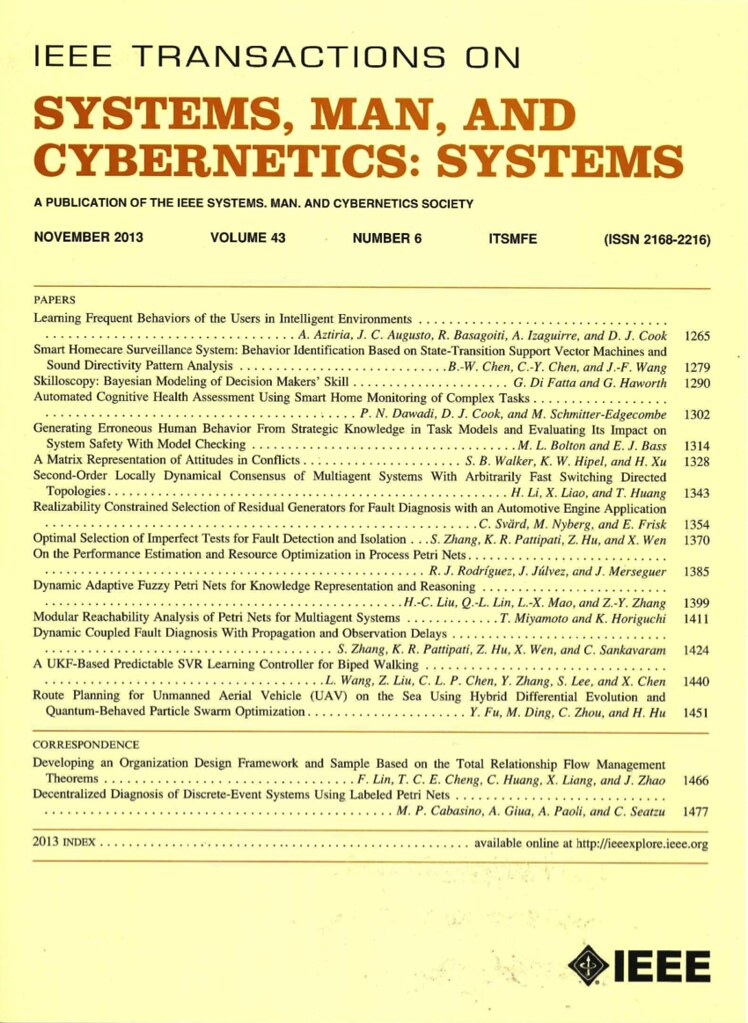Learning Frequent Behaviours of the Users in Intelligent Environments
Researchers at Mondragon Unibertsitatea published their paper in IEEE Transaction on Systems, Man and Cybernetics: Systems
Asier Aztiria, Rosa Basagoiti and Alberto Izaguirre, together with Juan Carlos Augusto (University of Midlesex, U.K.) and Diane J. Cook (Washington State University, U.S.A.), published a paper in IEEE journal.
The paper deals with Intelligent Environments and how user’s frequent behaviours can be identified in such environments. This is an important topic due to the fact identified patterns can be used for many different purposes, such as automation, identification of diseases and so on.
Intelligent Environments (IEs) are expected to support people in their daily lives. One of the hidden assumptions in IEs is that they propose a change of perspective in the relationships between human and technology, shifting from a techno-centered perspective to a human-centered one. Unlike current computing systems where the user has to learn how to use the technology, an IE adapts its behaviour to the users, even anticipating their needs, preferences or habits. For that, the environment should learn how to react to the actions and needs of the users, and this should be achieved in an unobtrusive and transparent way. In order to provide personalized and adapted services, it is necessary to know the preferences and habits of users. Thus, the ability to learn patterns of behaviour becomes an essential aspect for the successful implementation of IEs.
The publication presents a system, Learning Frequent Patterns of User Behaviour System (LFPUBS), that discovers user’s frequent behaviours taking into consideration the specific features of IEs. The core of LFPUBS is the Learning Layer, which, unlike some other components, is independent of the particular environment in which the system is being applied. On one hand, it includes a language that allows the representation of discovered behaviours in a clear and unambiguous way. On other hand, coupled with the language, an algorithm that discovers frequent behaviours has been designed and implemented. For that, it uses association, workflow mining, clustering and classification techniques.
LFPUBS was validated using data collected from two real environments. In MavPad environment, LFPUBS was tested with different confidence levels using data collected in three different trials, whereas in WSU Smart Apartment environment LFPUBS was able to discover a predefined behaviour.
This publication must be understood within the work done by these researchers in the area of Intelligent Environment. Along with other publications, any researcher can understand, and even reply, this system, being clear the contribution done by this group.


+ No hay comentarios
Añade el tuyo